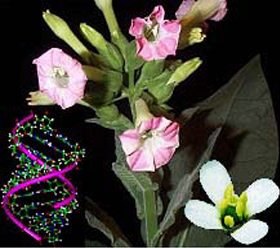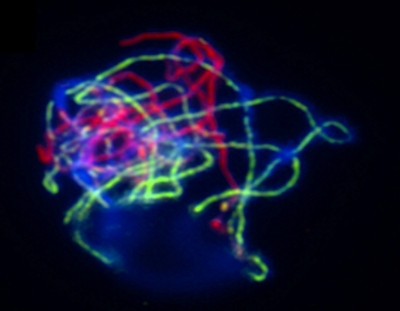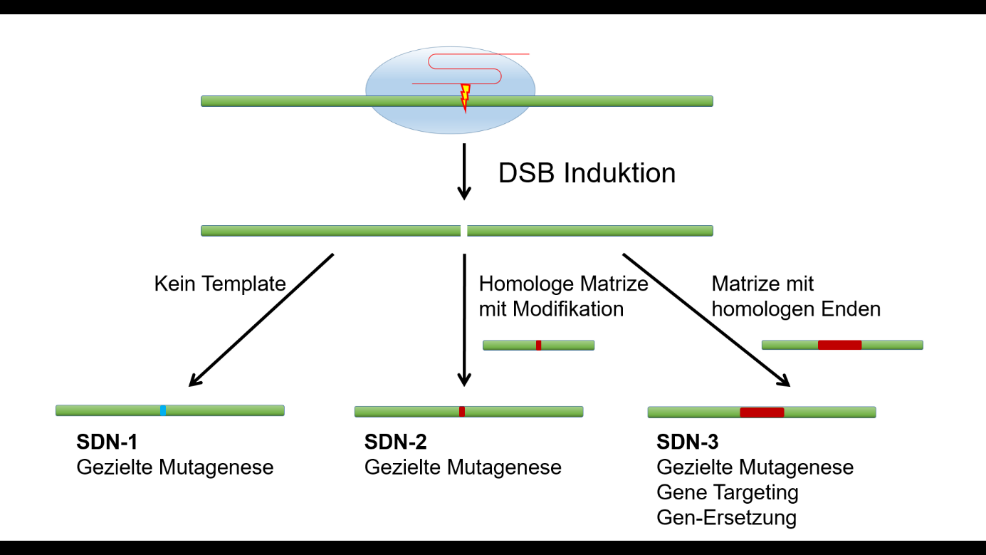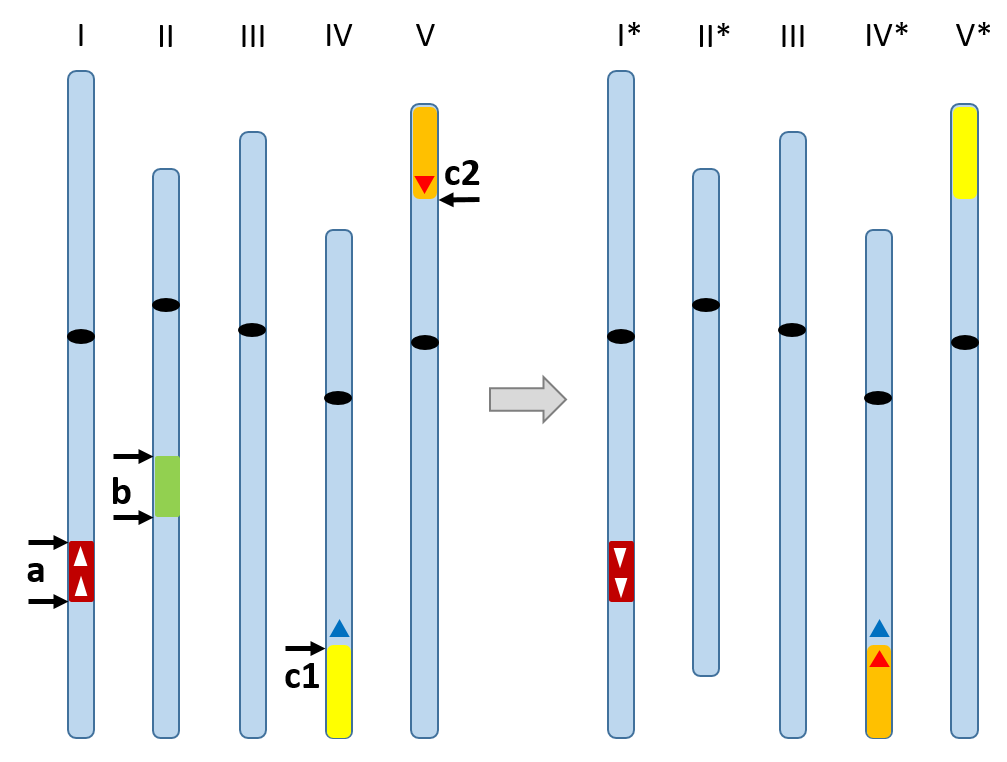Breast Cancer Genes in Plants
Karlsruhe as Craddle of Genetics: The science of inheritance is linked with the name of Johann Gregor Mendel (1822 - 1884). By his famous crossing experiments with pea plants he succeeded for the first time to uncover mathematical laws of inheritance, the famous Mendelian Rules. However, only few know that the basic observations underlying these rules, had been made around a century earlier – by Karlsruhe botanist Joseph Gottlieb Kölreuter (1733-1806)! He worked with morphologically distinct tobacco species and demonstrated that both parents contribute to inheritance and that their offspring combine traits from the parents. But what is the cause of these combinations? As we know meanwhile, it is recombination of the parental genetic information generating each time a unique, but still similar individual
From Mendel towards DNA: The exchange of DNA stretches between maternal and paternal chromosomes (DNA recombination) is meanwhile considered as the major cause for genetic diversity. By precise cutting and pasting during meiosis, different gene versions can be exchanged and even newly created without destroying the functionality of the DNA. Similar recombination events also participate in the repair of DNA damages, so called double-strand breaks that otherwise would cause lethality. Moreover, these recombination events are relevant, when foreign DNA is introduced into an organism during genetic engineering. Some of these recombinations are strictly controlled by sequence similarity - during this homologous recombination, a piece of DNA is integrated only in a specific site of the genome, where the sequence is similar or identical. In addition, it can be integrated randomly anywhere in the genome during a process called non-homologous recombination.
A model plant helps to understand human genetic disorders: Fanconi Anemia is a dangerous human disease caused by mutation of the gene FANCM. Using the model plant thale cress (Arabidopsis thaliana) it became possible to understand the function of FANCM. The protein encoded by this gene participates in the mixing of genetic information during sexual propagation. By fluorescent labelling and the use of mutant plants the function of this important gene could be investigated in detail. Press release




